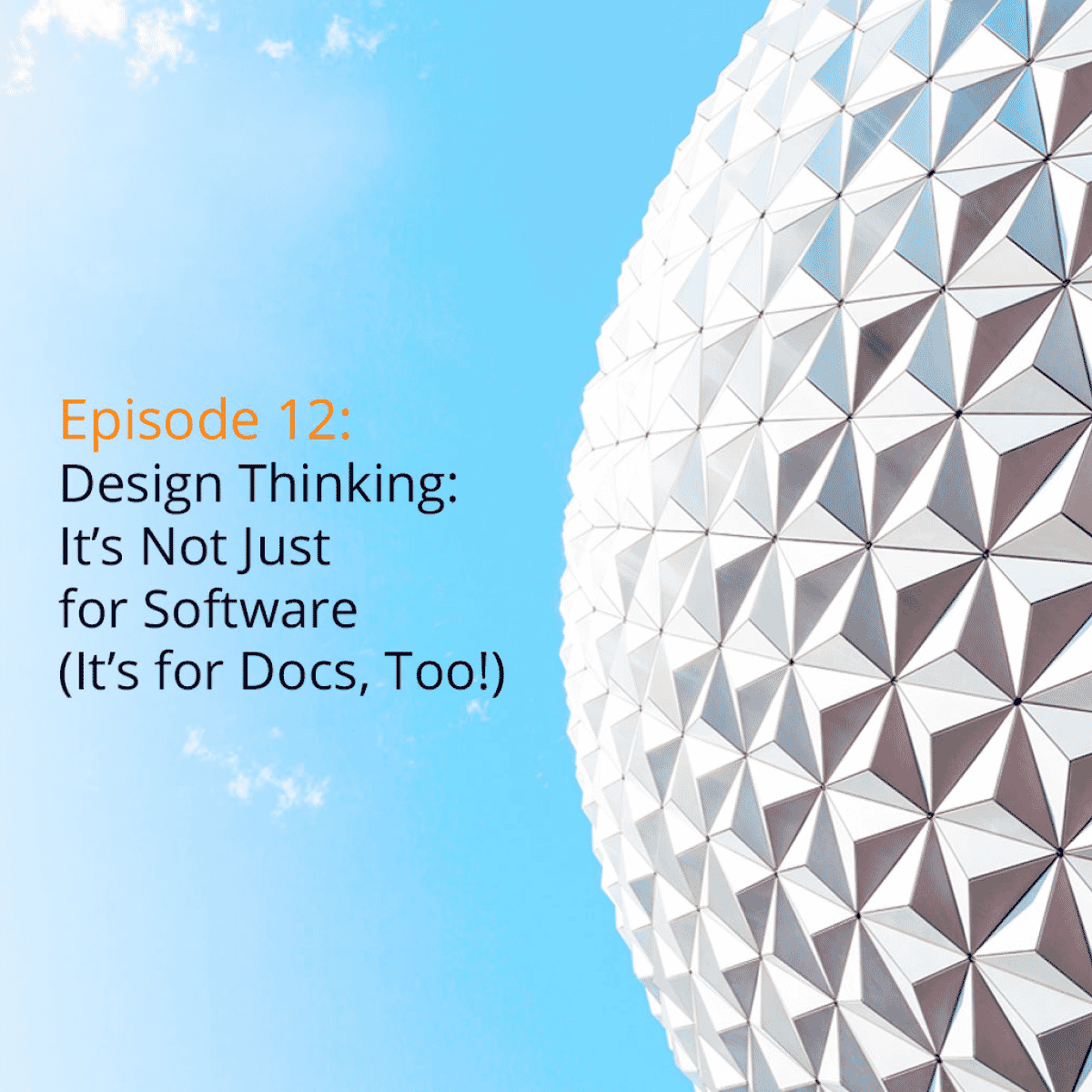Recent technological innovations have significantly facilitated the possibility to personalize user experience. The information required to provide them with the best experience possible are easily accessible on the web, and companies need to adapt in order to maximize satisfaction and retain customers. Personalization becomes an imperative when developing a product.
The user-centric approach of design thinking is becoming increasingly popular in companies. Knowing the audience and their needs is a requirement to any business’ success.
But what exactly is user experience design, and how can we incorporate it to content strategy using DITA as a framework?
What is User Experience (UX)?
User experience characterizes the nature of the interactions you have with a system – whether it is an object, a service, or a process – in a given context.
A successful and positive user experience combines three economics principles:
- Usability. The system answers the needs of users.
- Efficiency. Users can achieve their goal without wasting time and energy.
- Satisfaction. Comfort and positive attitude towards the use of the system.
User experience aims at fulfilling users needs by adopting a user-centric approach. It prevents usability issues, which in turns lead to better products, services, and internal processes, along with loyal users.
Although the term “user experience design” was only introduced in 1995 by cognitive scientist Donald Norman, UX has always been a part of search history.
Instances include Feng Shui and arranging space in an optimal manner, the ancient Greeks and their tools built on ergonomic principles, Toyota’s human-centered production system, and even Walt Disney known for his obsession to create near-perfect user experiences.
How to Create a Positive User Experience Using Design Thinking?
Design thinking is a strategy that consists in focusing on the people you are creating for. As you innovate solutions, you will integrate their needs, and thus be in a better position to fulfill them.
Since the 1960s, researchers lead investigations to understand designers’ work process and how they came up with unique and creative ideas. Design slowly emerged as a way of thinking and solving problems.
Later in 1990, Tim Brown and David M. Kelley formalized design thinking as an innovation process composed of 5 steps to solve all types of problems.
- Emphasize
- Define
- Ideate
- Prototype
- Test
In the first two steps, the problem encountered by the user is identified. The emphasize step consists of learning and understanding users and what they are looking for. With the gathered information we find patterns – this is the define step. The next three steps aim at solving the problem. In the ideation phase, you can now brainstorm solution ideas. The prototype and test steps involve representing the ideas you developed and testing them with users to receive feedback.

Note that the design thinking process is not linear and requires iteration. Going back and forth between the different steps is key to reach a solution.
How to Adapt Design Thinking
At IXIASOFT, design thinking is at the core of the development of MadCap IXIA CCMS.
In the emphasizing stage, our team focuses on the people we design for – the ones who write content. We observe different categories of writers by organizing workshops in person, or remote meetings to learn about their work method, and the problems they meet with their current software. Research is then performed by interviewing people who work closely with our users, and by collecting data from various platforms.
With the information we collect, we discern patterns. For instance, writers can be technical writers, engineers or developers. Some of the obstacles they face with their software include performance issues, time consuming actions, and difficulties to work in teams.
Moving on to finding the adapted solution, we formulate obstacles in terms of questions that need answers: how to improve performance, make teamwork more efficient, or reduce the time required to complete actions. This method helps to successfully get customers and teams at IXIASOFT to open their mind in brainstorming or design studio sessions and submit their ideas. It is all the more insightful that individuals from different fields are involved and can share their own vision of the product.
Brainstorming sessions are succeeded by votes to determine the ideas that we work on in the prototyping phase. After several interactions with internal teams and customers, features are tested by users whose feedback will help to improve them.
How to Apply Design Thinking to Content Strategy
The UX philosophy and design thinking can be applied to documentation. Content strategy and UX design share core values and philosophy:
- Knowing the audience
- Defining how to help the audience through information designs and information strategy
- Satisfying the audience by delivering the content they are looking for when and where they need it
Design Thinking Philosophy as it Relates to Docs
In most companies, documentation teams tend to write content, and then pass it on to the user experience team to deliver it. Documentation teams lose control over user experience.
However, the increasing ability to personalize content drives the need for documentation teams to be involved from conception to delivery of content, and thus for them to acquire a UX skillset.
Over the past decade, the role of documentarians has evolved in this direction. Information developers are now required to be more technical. Businesses also require them to have strategic skills as they bring value to customers and businesses in their totality since the content they work on will serve to help all departments to perform better in their tasks. Hence, the necessity for documentation teams to own UX design skillset and mentality as core competencies.
The role of documentarians is now folding into the principles of knowing customers and creating a great user experience for them, which requires an efficient content strategy.
Components of a Content Strategy
A sound content strategy follows the same flow as UX design thinking.
- Knowing the users of the content (personas)
- Defining their needs in a task-oriented way (requirements)
- How to help them recover from errors and equip them with troubleshooting information, and how to help them find their content (information model)
- Technologies to deliver the information (tools)
- Presentation of the content (delivery)
In order to deliver a great user experience, documentation teams need to involve designers in the early stages the content lifecycle, and should also resist the urge to diverge when prototyping. Going through the whole cycle is critical to making adjustments and improvements.
How a DITA Infrastructure Can Bring Designs to Life
With new technologies, and the large amount of data about users at disposal in result, companies can personalize the content they deliver to users to a bigger extent. DITA provides an optimal framework to do so thanks to its core capabilities such as reuse mechanisms and content modularity. Its infrastructures help attain a sophisticated user experience through personalization, and most precisely context-setting mechanisms:
- Metadata (subject scheme, topic classifications)
- Key architecture that delivers variable content for users based on their constraints
- Semantic nature of the DITA architecture
With the personalization enabled by design thinking in a DITA infrastructure, we can see end to end from knowing the audience, to planning the information, and to delivering it into the hands of customers whether it is an external customer or someone in an internal organization within an enterprise.
—
This blog was originally presented as a IXIAtalks webinar by Frank Miller from Ryffine and Solène Carbonel from IXIASOFT. You can find the webinar here.
Learn more about our IXIAtalks webinar series.






